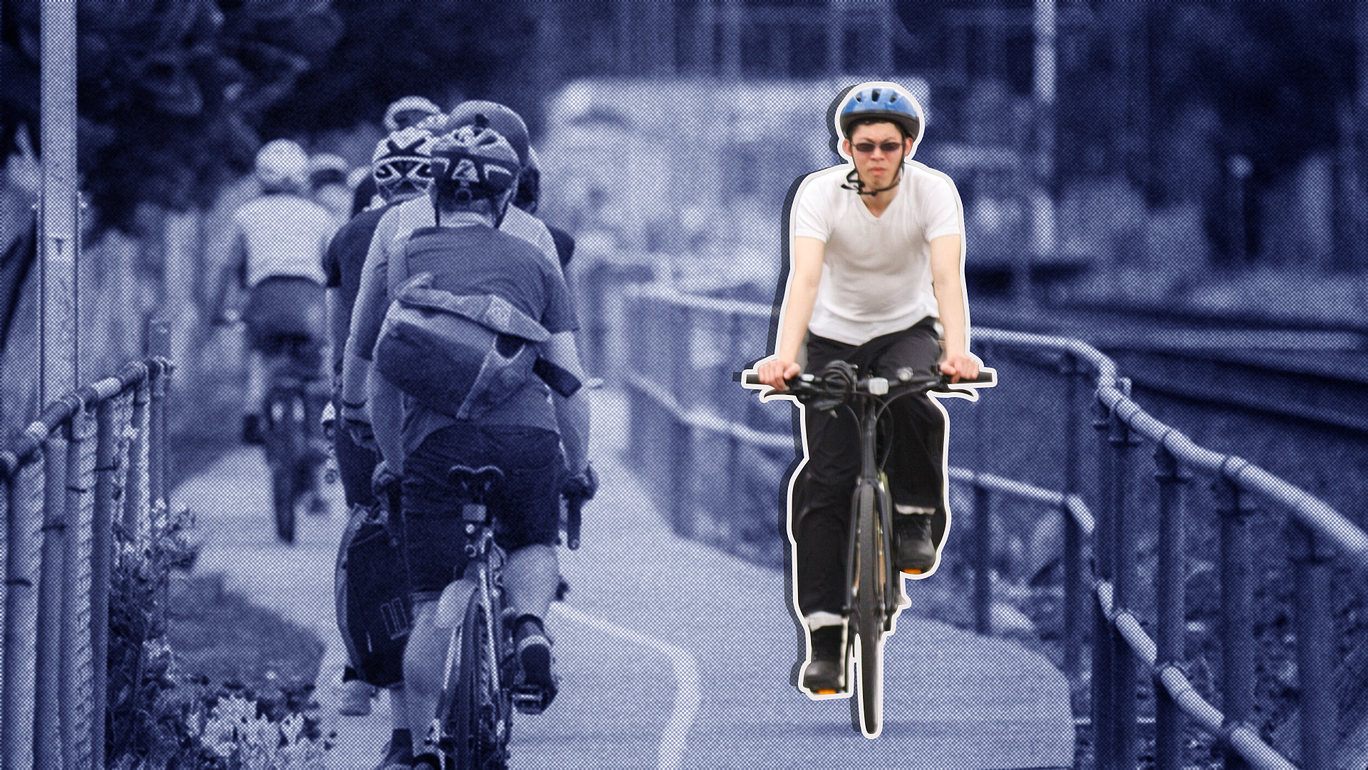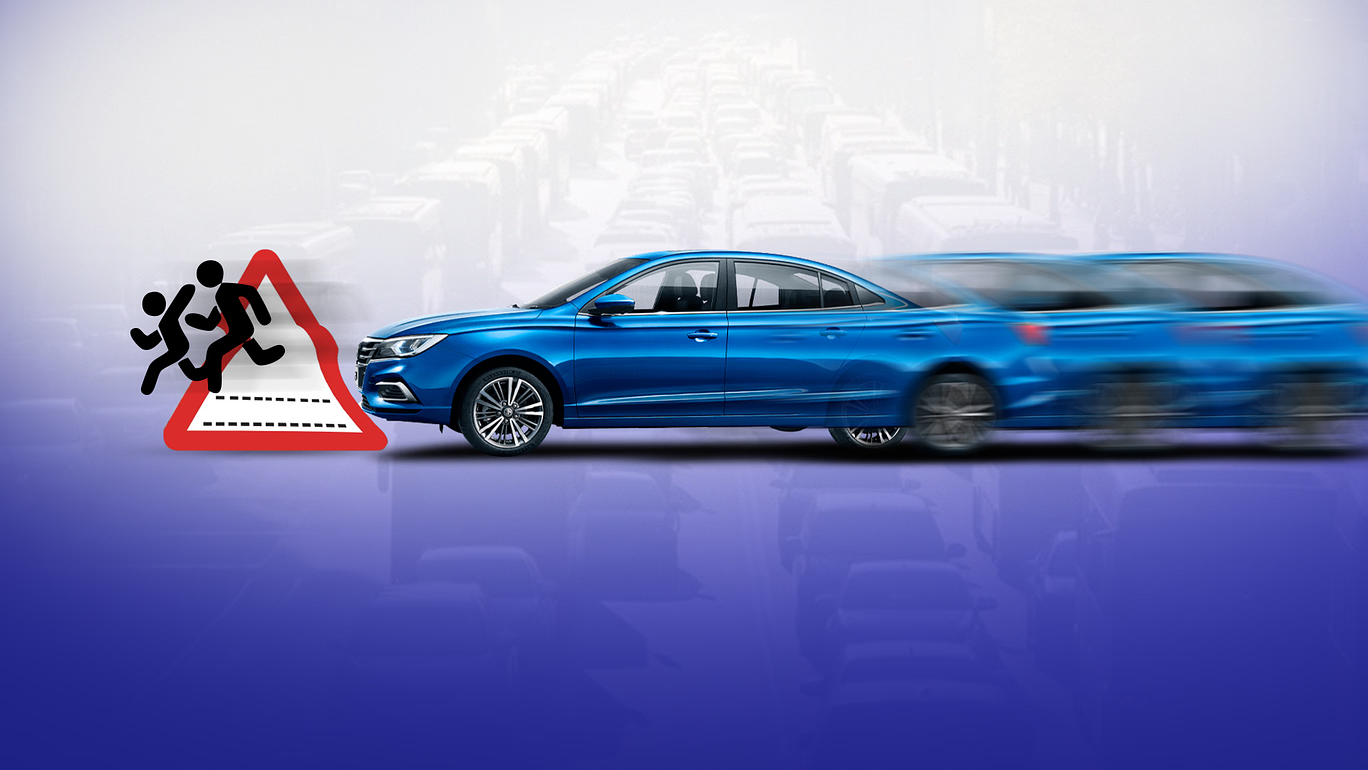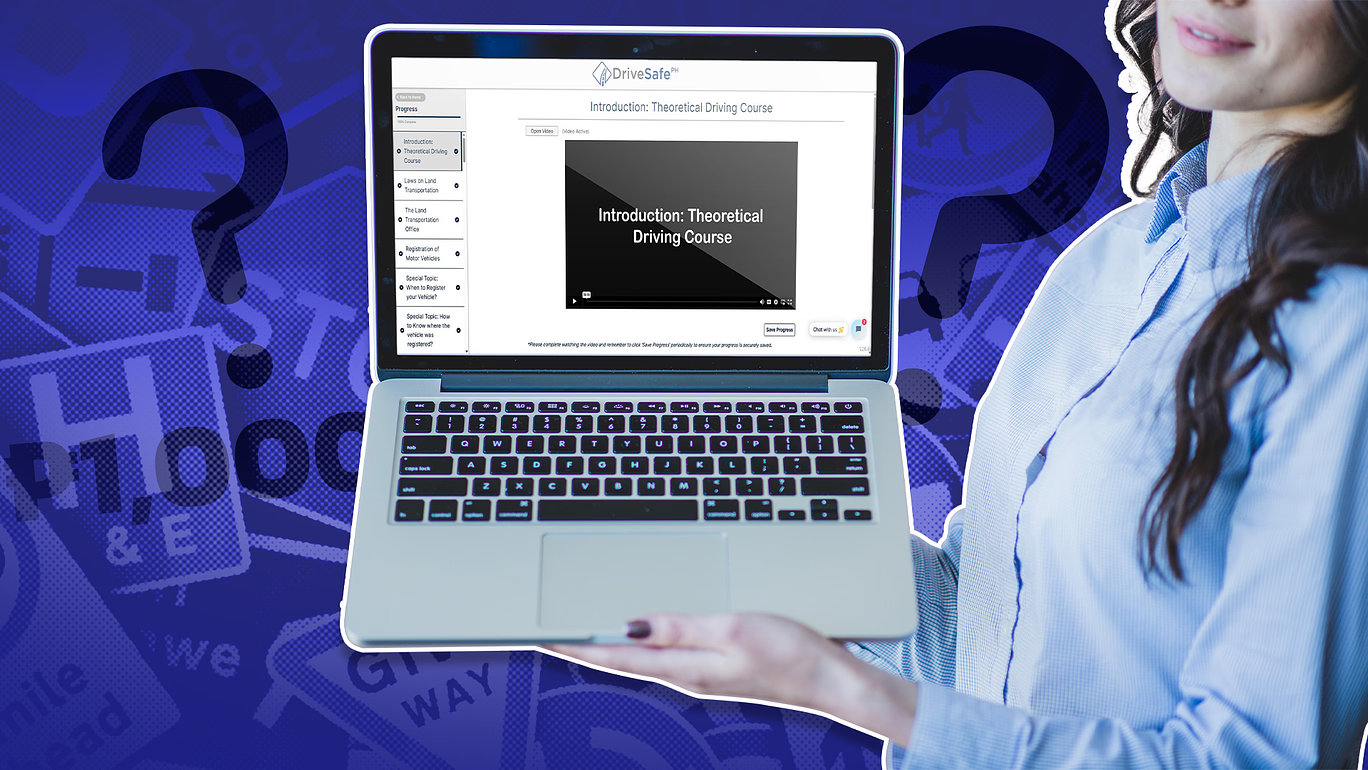Metro streets. Barangay roads. Highways filled with honking cars and weaving motorbikes. If you’re riding a bike in the Philippines, you’re sharing space with it all. It’s not always easy, but it’s doable, and more cyclists are proving that every day.
To help you also get through, here’s a road-tested guide to riding safer and smarter on Philippine roads.
1. Start with the Right Gear
Safety begins even before you start pedaling. A helmet is your best defense in case of a fall or crash. But don’t stop there. Visibility is also important, so wear reflective gear or bright-colored clothing and make sure your bike has working front and rear lights. These are especially important if you’re riding early in the morning, late at night, or in bad weather.
2. Follow the Rules of the Road
Once you’re geared up, the next priority is how you move. Riding with discipline helps you stay predictable, and being predictable is what keeps everyone safer. Obey traffic lights, follow road signs, and never ride against traffic. Use hand signals to show your intentions when turning or stopping. When drivers understand what you’re doing, they can react properly.
3. Make Yourself Easy to See
Even if you’re following the rules, it doesn’t guarantee that every driver will see you. That’s why, again, it’s important to stay visible at all times. Avoid blind spots, especially near buses, trucks, and jeepneys. Stick to areas where drivers can easily spot you and, when possible, make eye contact at intersections. A quick glance can help you confirm they’ve seen you before you proceed.
4. Plan Safer Routes Ahead of Time
To stay out of tricky situations altogether, it helps to choose your routes wisely. If you can, avoid high-traffic roads or areas with poor lighting and no bike lanes. Use biking apps or Google Maps to find alternative paths with less congestion. Even if it means taking a slightly longer route, the peace of mind and added safety are often worth it.
5. Keep a Safe Distance from Vehicles
Once you’re out on the road, space becomes your next line of defense. Don’t hug the curb too tightly or squeeze yourself between cars. Give yourself enough room to maneuver safely. Stay alert around parked vehicles in case a door suddenly swings open, and watch out for public transport vehicles that stop frequently. Jeepneys and buses can surprise you with sudden halts.
6. Make Sure Your Bike Can Keep Up with You
Of course, your riding skills and awareness won’t mean much if your bike isn’t in good shape. Regularly check your brakes, tires, and chain. Bring a basic repair kit in case of emergencies. A clean, well-oiled chain and properly inflated tires don’t just help your ride feel smoother—they keep you safer, too.
7. Approach Intersections with Extra Care
Even when your bike is running perfectly, intersections are always a high-risk zone. Slow down before you cross, check all directions, and avoid abrupt turns. Signal your intentions early and clearly. Other road users, drivers or pedestrians, may act unpredictably, so it’s better to stay alert and move cautiously through these shared spaces.
8. Stay Alert and Ride Defensively
As you get into the rhythm of your ride, don’t let your guard down. Defensive riding means always being prepared for the unexpected: a car that cuts into your lane, a pedestrian stepping out, or a driver who didn’t check their mirror. Never assume you’re seen. And avoid using headphones. You need to hear horns, approaching vehicles, and even road warnings around you.
9. Know Your Rights and Speak Up When Needed
Even as you protect yourself through smart riding, it helps to know that the law also protects you. Cyclists have a right to the road, and understanding local traffic laws can help you stand your ground when needed. If you notice damaged roads, blocked bike lanes, or unsafe conditions, don’t hesitate to report them to your barangay or local authorities. Being aware is part of being safe.
10. Ride with a Community
Finally, riding solo has its perks, but riding with others gives you visibility, support, and added safety. Joining a local biking group can help you discover better routes, learn from experienced riders, and even gain new friends. In numbers, cyclists become more noticeable and more respected on the road.
The road doesn’t always make it easy for cyclists, but that’s exactly why every smart decision you make matters. The way you gear up, choose your path, respond to drivers, and show up for your community all add up to safer rides, not just for you, but for every cyclist out there. So keep riding. Stay alert. Stay sharp. And show the road that bikes belong, too.
For the latest updates on transport policies, road safety measures, and driving education, connect with DriveSafe PH:
✔ Follow us on Facebook for real-time updates: https://www.facebook.com/drivesafeacademy
✔Be a responsible and safe driver–Enroll in our OTDC: https://main.drivesafe.ph/find-driving-school



